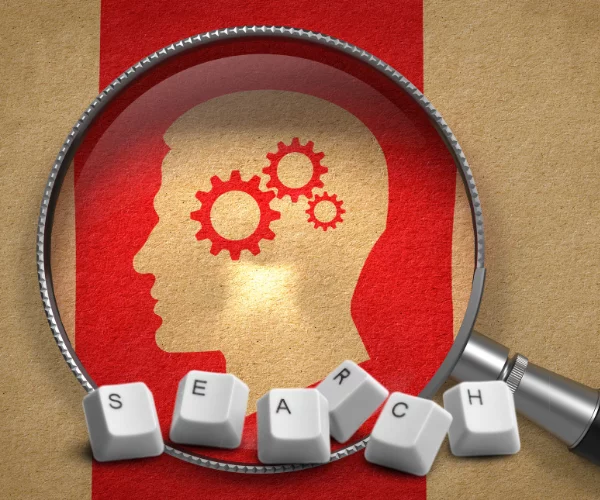From Spreadsheets to Social Media: How Donor Recruitment Evolved

Introduction
When people think of sperm and egg donation today, they imagine online databases, donor profiles, and social media campaigns. But it wasn’t always this way. When I first started out in the UK more than 15 years ago, donor recruitment and matching looked very, very different.
Back then, everything was manual. Donors were listed on spreadsheets with the bare minimum of information — height, weight, medical screening details, maybe eye colour if you were lucky. When a recipient called the clinic, a nurse would scroll through the list and assign a donor with all the warmth of a cryogenic number. No photos, no personality, no sense of connection. Just data points.
Even then, I felt this was wrong. Families deserved more. Donors deserved more. And technology was already showing us the possibilities.
The “Seedy” World of Recruitment Ads
To make things worse, donor recruitment was outdated and, frankly, a little seedy. The main route? Newspaper adverts — often buried in the back pages of the Metro or the Evening Standard, right next to ads for “become a porn star” or dodgy weight loss pills.
It didn’t exactly scream credibility or compassion. And unsurprisingly, it didn’t always attract the kind of donors recipients were hoping for.
So I asked a question that, at the time, was almost revolutionary: Why can’t we use social media?
Pushing the Boundaries
I suggested running ads on Facebook. I argued that if other countries like the USA already had online donor platforms, why were we clinging to spreadsheets? Why couldn’t we let recipients see more than height and weight? Why couldn’t we recruit through the same channels that normal, everyday people actually used?
The pushback was immediate:
- “No, what if people think the likes on the ad are actual donors?”
- “No, putting donors online makes it feel like shopping.”
- “No, we’ve never done it that way.”
But I couldn’t let it go. Donor numbers were dwindling. Recipients were frustrated with the lack of choice. Technology was moving forward. And here we were, still rifling through spreadsheets like it was the 1980s.
So I built case after case, mapped out risks and rewards, and presented every possible safeguard. Eventually — after much persistence — the clinic agreed to try.
The First Win
It might sound small today, but back then it was huge: we went online. We put our first recruitment adverts onto social media. We gave recipients more information about donors, without compromising anonymity. We finally began catching up with the rest of the world.
That moment remains one of my fondest memories — not just because it was a personal win, but because it was a shift in the whole culture. A recognition that donor recruitment didn’t have to be hidden, seedy, or purely clinical. It could be transparent, ethical, and human.
Fast Forward 15 Years
Today, you can’t imagine a donor bank or clinic without a digital presence. Instagram, Facebook, TikTok, and online databases are the norm. Recipients expect to browse donor profiles (within the rules of each country). Donors expect to be recruited in safe, accessible, and modern ways.
Looking back, it feels almost surreal that social media recruitment was once considered radical. But that small push showed me — and the sector — that boundaries could be challenged, and positive change was possible.
Conclusion
The world of fertility is constantly evolving, and donor recruitment is no exception. What started as spreadsheets and back-page adverts has become a global, digital ecosystem. But one thing remains the same: behind every donor and every recipient are people looking for trust, connection, and humanity.
At Find My Donor, that’s what we continue to champion — combining the best of technology with the compassion and safeguards families deserve. Because every step forward should bring us closer to making donor matching feel more human.




Responses